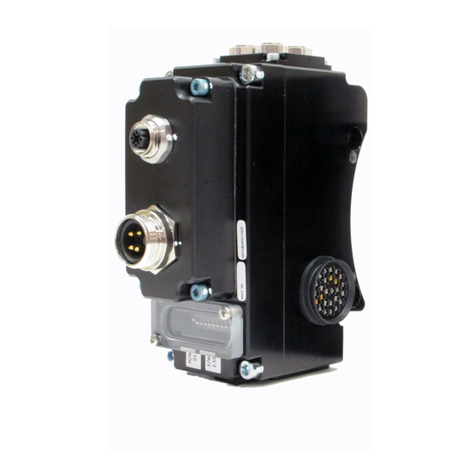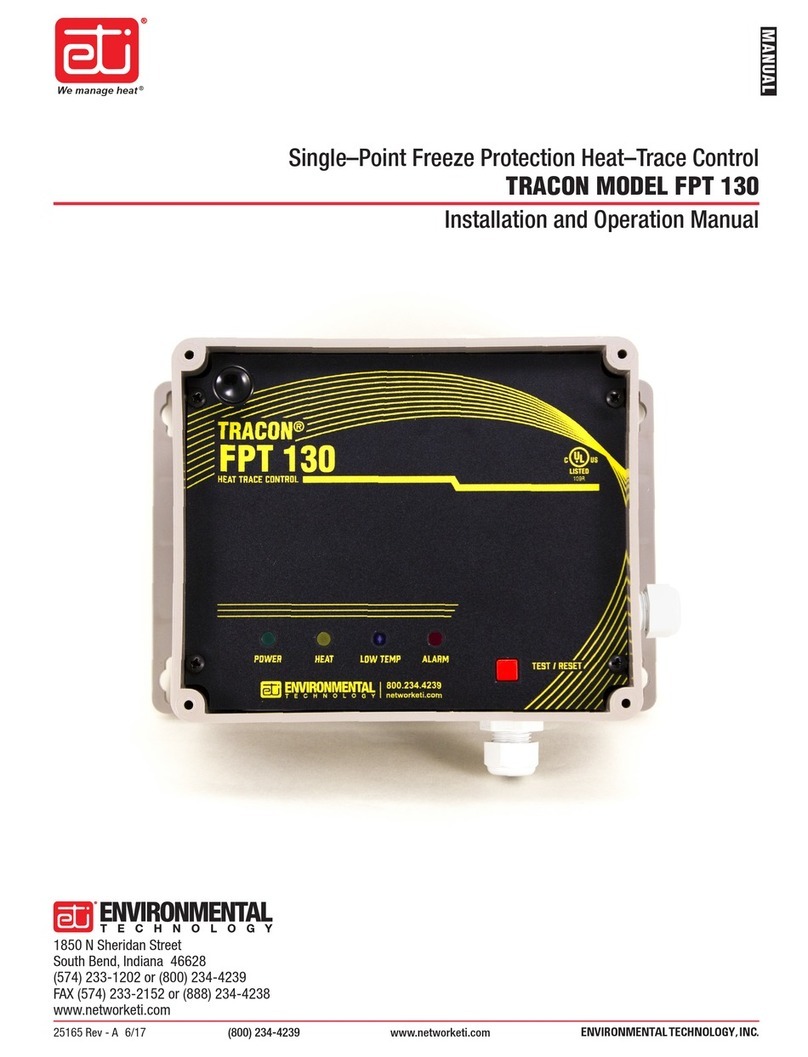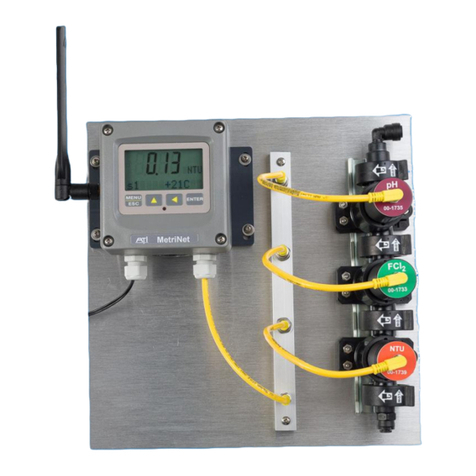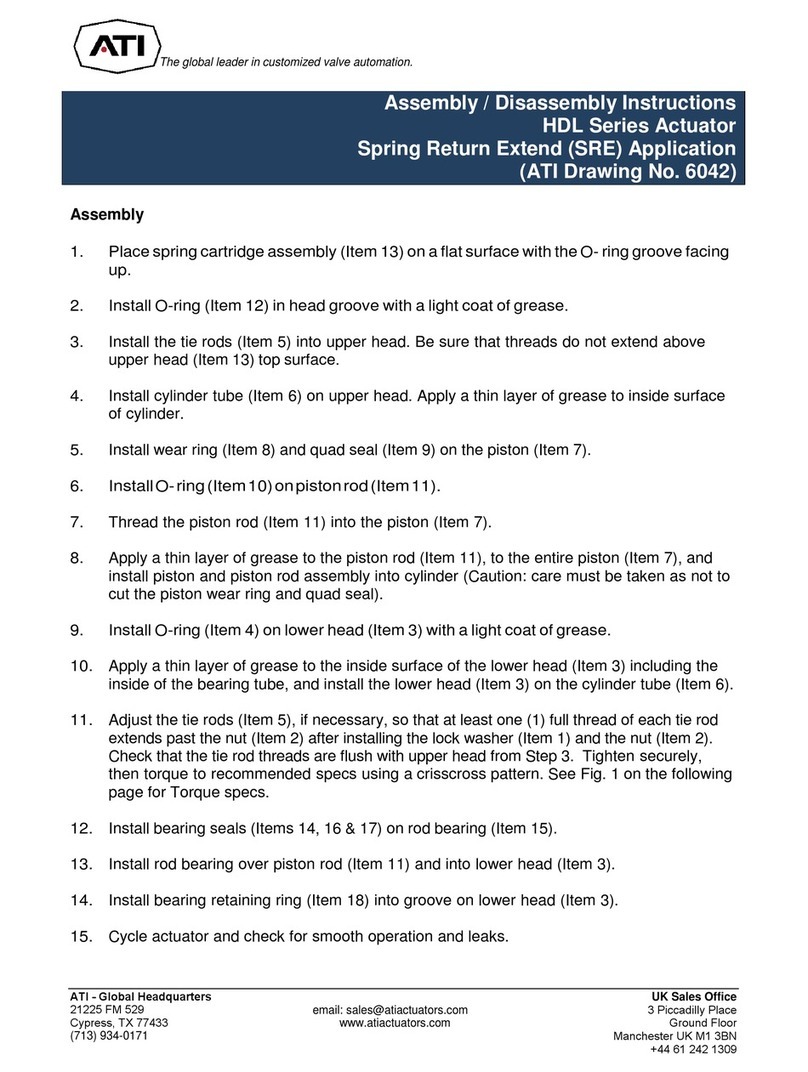
Manual, Passive Compliant Force Control
Document #9610-50-1036-04
Pinnacle Park • 1031 Goodworth Drive •Apex, NC 27539 USA• Tel: +1.919.772.0115 • Fax: +1.919.772.8259 • www.ati‑ia.com
6
1. Safety
The safety section describes general safety guidelines to be followed with this product, explanations of the
notifications found in this manual, and safety precautions that apply to the product. Product specific notifications
are imbedded within the sections of this manual (where they apply).
1.1 Explanation of Notifications
These notications are used in all of ATI manuals and are not specic to this product. The user should heed
all notications from the robot manufacturer and/or the manufacturers of other components used in the
installation.
DANGER: Notification of information or instructions that if not followed will result in
death or serious injury. The notification provides information about the nature of the
hazardous situation, the consequences of not avoiding the hazard, and the method for
avoiding the situation.
WARNING: Notification of information or instructions that if not followed could result
in death or serious injury. The notification provides information about the nature of the
hazardous situation, the consequences of not avoiding the hazard, and the method for
avoiding the situation.
CAUTION: Notification of information or instructions that if not followed could result
in moderate injury or will cause damage to equipment. The notification provides
information about the nature of the hazardous situation, the consequences of not
avoiding the hazard, and the method for avoiding the situation.
NOTICE: Notification of specific information or instructions about maintaining, operating,
installing, or setting up the product that if not followed could result in damage to equipment. The
notification can emphasize, but is not limited to: specific grease types, best operating practices,
and maintenance tips.
1.2 General Safety Guidelines
The customer should first read and understand the operating procedures and information described in this
manual. Never use the PCFC for any purpose not explicitly described in this manual. Follow installation
instructions, electrical connections, and pneumatic connections as described in this manual.
All pneumatic fittings and tubing must be capable of withstanding the repetitive motions of the application
without failing. The routing of pneumatic lines must minimize the possibility of stress/strain, kinking,
rupture, etc. Failure of critical pneumatic lines to function properly may result in equipment damage.
1.3 Safety Precautions
CAUTION: Do not use serviceable parts other than original ATI serviceable parts. Use
of serviceable parts not supplied by ATI can damage equipment and void the warranty.
Always use original ATI serviceable parts.
1.4 PCFC Safe Working Environment
As described in previous sections, the PCFC should only be used in an automated cell/chamber.
The work cell must be secured by means of barriers to prohibit personnel from entering the cell. A lockable
door should be included as a part of the barrier in order to facilitate access to the cell for authorized
personnel only. The barrier could consist partly or fully of polycarbonate to facilitate observation of the
manufacturing process.
During system or tool maintenance, make sure the PCFC and equipment are stopped before entering the cell.
Never be present in the cell when the device is running when installing and testing.
Be aware of moving parts. Use eye‑protection while working around the device.

































